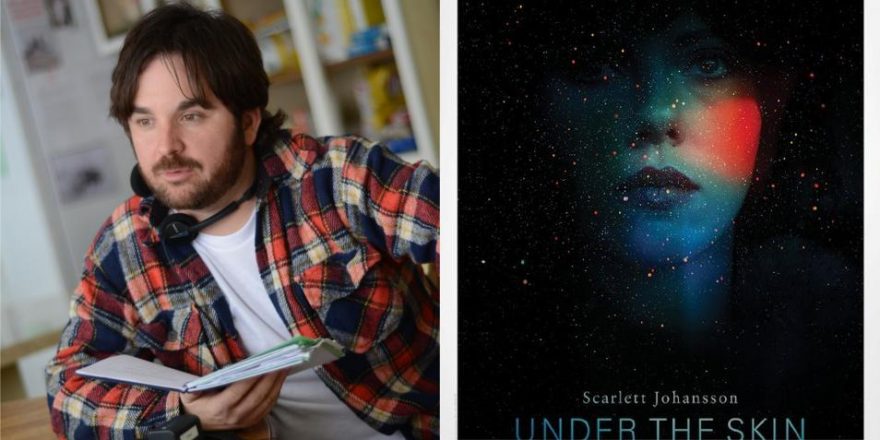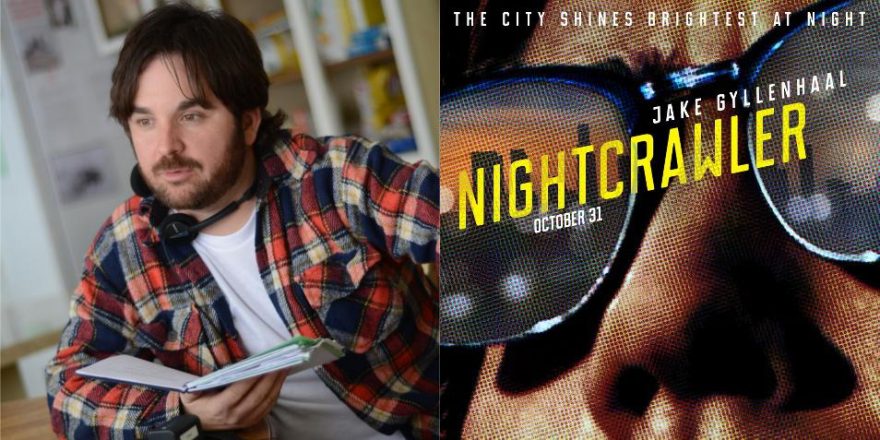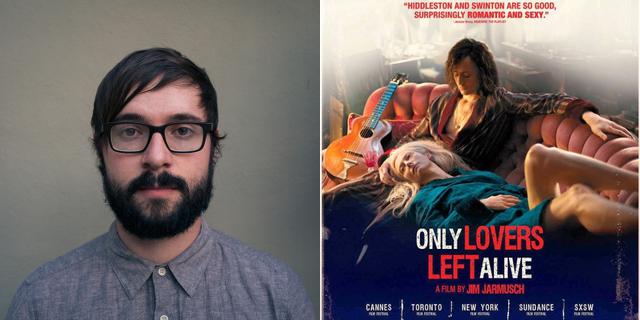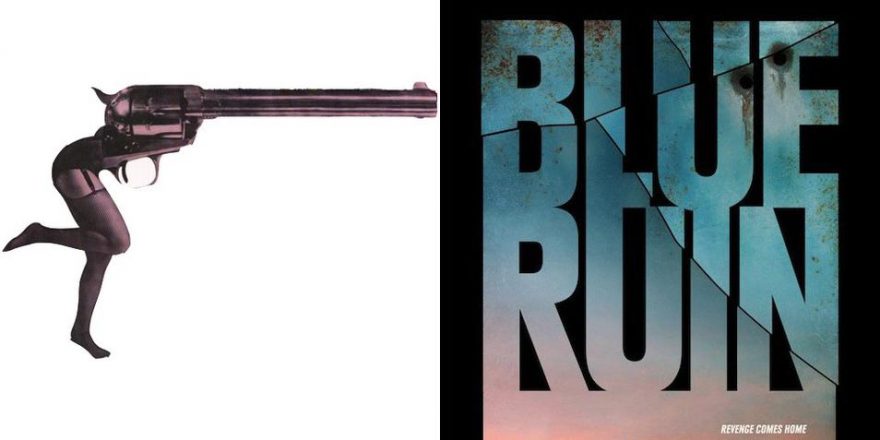Over the first two weeks of January, Talkhouse Film is running the “What We Missed” series, comprising pieces on notable movies from 2014 which were not previously covered, (almost) all of which were released prior to the launch of this site. — N.D.
Under the Skin was the last film my wife and I saw before the birth of our first child.
I wasn’t aware of it at the time, but the film secured a place deep in my memory and has, like my son John, evolved in strange and unpredictable ways over the past eight months.
I’ve been a fan of director Jonathan Glazer’s work since the 1990s, when his music videos for bands such as Radiohead, Blur and Massive Attack knocked me on my ass. In particular, I find the video for Nick Cave’s “Into My Arms” devastating. I adore the song on a very personal level, and Glazer’s video — a heart-wrenching series of rich black-and-white close-ups of people emotionally breaking down — is incredibly moving and hard for me to watch.
Strangely, even more so than Glazer’s other two wonderful features, Birth and Sexy Beast, it’s the music video for “Into My Arms” — a song that has deep meaning for both the faithful and the addicted — that I believe best predicted the peculiar brilliance of Under the Skin.
There’s something about Glazer’s gaze — formal, even a tad cold, uncompromising, yet thankfully lacking in judgment of his subjects (not unlike Diane Arbus decades earlier) — that evokes a jolt of discomfort and recognition at the fragility of flesh. Glazer also possesses a lot of style, more so than most of his peers, and his striking images have a tendency to burn themselves onto your brain.
So in Under the Skin, when Scarlett Johansson’s enchanting, amoral alien picks up Adam Pearson, a man with neurofibromatosis — a condition that causes tumors to grow on his face — the ensuing scenes are deeply moving not for the otherness of Pearson’s face, but for the matter-of-factness and lack of judgment in the interaction. Everything about the scenes is blessedly, well, alien.
Putting aside the fact that Johansson’s character plans to dissolve Pearson in a spooky uterine acid bath, rendering him food for her fellow aliens — as she does with every hitchhiking male she encounters driving through Glasgow in her white van — Pearson’s body is just a body. Not different. Not less than. Just flesh — in the way we’re all just flesh.
I don’t know that I can write much about Under the Skin that hasn’t been written earlier this year. The film was polarizing. Those that love it — like myself — can’t stop talking about it. Much ink has been spilled about Johansson’s revelatory performance, or Mica Levi’s score — a soundtrack to endless flesh-and-bone-dissolving nightmares. So instead I’ll just talk about my personal experience watching Under the Skin.
I spent the first several months of 2014 in the upper Midwest near Lake Michigan, shooting a film in the heart of the infamous Polar Vortex. A Georgia native, I learned about foreign terms like “lake-effect,” “black ice” and “whiteout.” I’d never spent so much time in sub-zero temperatures. I was unprepared for the weather.
Of course, all that snow does look nice on 35 mm film.
I spent whatever free time I had during the film shoot bundled up in my hotel room, the heat cranked high, Skyping with my wife who was in California.
I asked her to show me her swollen belly. I talked to her stomach. Our unborn son was growing inside. All I could think about was this tiny semi-person, this abstraction, this mess of DNA hiding behind my wife’s belly button.
While I adored the cast and crew I was working with, I missed my wife desperately, and I was gripped by a deep fear that our son would come early. We’d timed everything out like clockwork, made such perfect plans, but isn’t there a well-known joke about God laughing when we silly humans make plans?
Thankfully, I didn’t miss our son’s birth.
I returned home from the shoot less than a month before our son’s due date. I slept a lot, stayed by my wife’s side, barely left our home. As the big date came closer, my wife and I realized we should probably eat out a couple times, maybe see a movie in a theater — because, as we’d been told by our friends with children, once the baby came we would not be going on many dates (or leaving the house, or showering, or…).
I’d heard that Under the Skin was something special. But when I asked friends if it was a good “date movie,” they cringed, mentioning a particular scene on a beach with a baby, saying different versions of, “Eh, might not be something to watch when your baby is due at any minute.”
We went anyway. I wondered if I’d made a huge mistake, if my wife would swat me, ask me what the hell I was thinking.
From the opening notes of Mica Levi’s twitchy score, which begins over a black screen and sounds like a string section on meth, I was hooked.
For the next 108 minutes, Jonathan Glazer transported me into an insular film world with its own rhythms and codes, set both in a dreary, gray and familiar Scotland and a black non-space, a place devoid of humanity. The visual cues of Under the Skin possess the stylish music-video, neo-Kubrick formalism of Glazer’s earlier work. But the scenes with random men who gladly ride shotgun in Johansson’s van suggest an improvisatory, hidden-camera naturalism that both inverts the male fantasy of the porn site Bang Bus and then morphs into something transcendent in its driver/passenger visual simplicity, evoking for me fond memories of Abbas Kiarostami’s Ten.
In short, I completely forgot about everything outside that movie theater. I was lost in some filmgoing nerd-fantasia of sight and sound, something that only happens so deeply for me every few years. David Lynch’s Lost Highway pops into my mind as a film that affected me similarly, a work of art beholden only to its own internal sense of time and logic — something you can step into and out of, like a door into a different universe, or a DMT trip of the highest order.
When Under the Skin ended I found myself dropped back into my body, excited and surprisingly sad — both that the film was over and in the humanity Johansson’s character discovers as she develops a hint of a conscience, encountering more and more men, and finally going from being a pursuer to being the tragically pursued.
I turned to my wife as the credits ran, curious and unsure what experience she’d had. I whispered to her, “Did you like it?”
My wife replied, “It was stunning. Now shhhh!”
I smiled and touched my wife’s gorgeous stomach, so full of life, and turned back to the screen. I swear I felt my unborn son kick.
Three days later, my wife and I were in our kitchen hanging out with a friend visiting from Chicago. We were laughing. My wife’s eyes widened. She said, “I think my water just broke,” and ran to the bathroom.
Ten hours later our son was born.
John is now eight months old.
As I write these words, he’s asleep in his crib across the room. Before he went to sleep, I mumbled-sang-whispered along to my favorite Neutral Milk Hotel song, whose final lyrics are: “…how strange it is to be anything at all.”
Now I stop typing. I listen to the sound of my son’s sleeping breath. I wonder if he’s too young to have dreams. What does an infant dream about? Has he had enough life experiences to be fodder for dreams? Or do his dreams come from some primitive, in-utero place, a world before language?
Does my son know that he’s alive?
Every few weeks my son seems to go through some tiny birth and death as he evolves in microscopic ways, each change revealing more of his personality, his humanity. I treasure every change. His face expresses more emotion every day. I could stare at my son forever.
But there’s an itch in the back of my brain, and I can’t help but wonder:
Will he remember any of this?
And one day will I forget?
God, I hope not.
But right now we are alive, and we are together.








